The birth of tea in China, the roots of tea in Europe, the smuggling of tea, the taxation of tea, the drinking of tea. One could safely say that tea has had more adventures than the protagonists in most international spy movies.
However, while the history of tea may be long and sordid, its reputation remains untainted. No matter how many new findings are discovered in the health sector, the benefits of tea seem to be indisputable. It has flavonoids; it can help reduce the risk of cancer and heart disease. When it has caffeine, it increases mental alertness. When it doesn’t have caffeine, it’s the perfect cure for insomnia. It seems tea can do no wrong! It’s kind of like the girl you want to hate, but you can’t, because she’s too nice.
Just when you’ve thought you’ve had your fill of tea, there’s another reason to love it: it’s good for your skin. And if you’re looking to give tea more glowing reviews, just wait until you see how these herbal teas can get your skin glowing.
1) Chamomile Tea
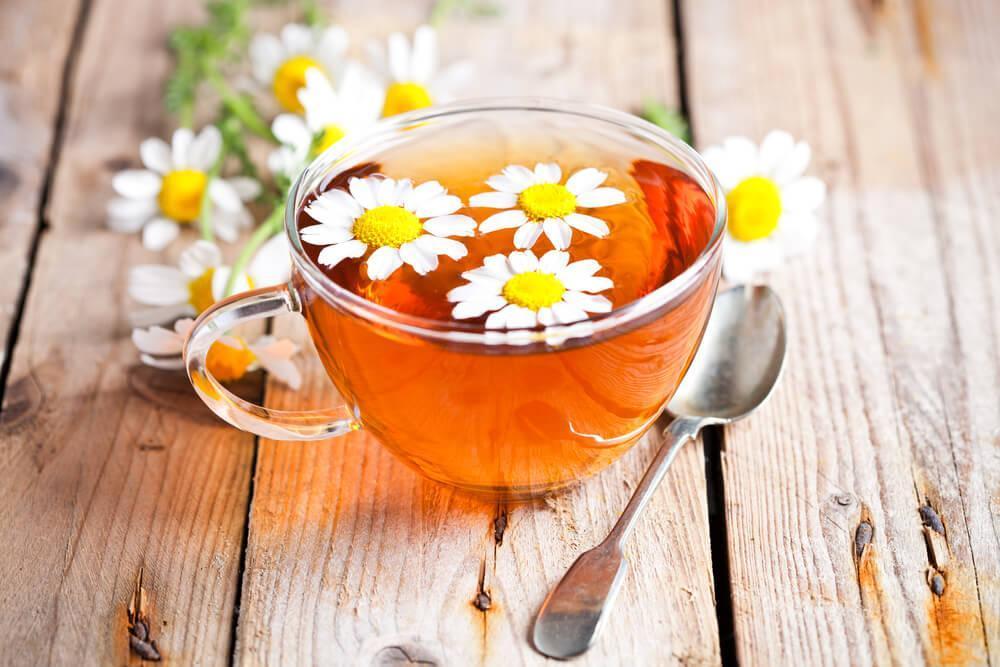
What could be more hypnotic than chamomile tea? Not only does it reduce mental stress, it’s got a host of calming skin benefits.
Because chamomile tea is an anti-inflammatory and also an anti-septic it offers a non-violent solution to the raging war on acne. Used topically, it can help to reduce redness, fade acne scars and fight blemishes.
Plus, it’s no shrinking violet when it comes to shrinking the puffiness around swollen eyes. Suparna Trikha, India’s leading beauty expert will tell you to, “Never throw out a chamomile tea bag after using it, refrigerate it instead.” According to Trikha, placing a chilled tea bag on your eyes will not only reduce puffiness, it will also lighten the area under the eye, so eyes look and feel more awake and alert.
And just when you thought it was safe to discard the tea bags, you’re not done with them yet. Chamomile tea can be made into ice cubes and used in a cold compress to help your eyes reduce swelling. Just make sure not to apply them directly to your eyes, wrap them in a cloth first. Apply for ten minutes, and watch your eyes reappear!
2) Green Tea
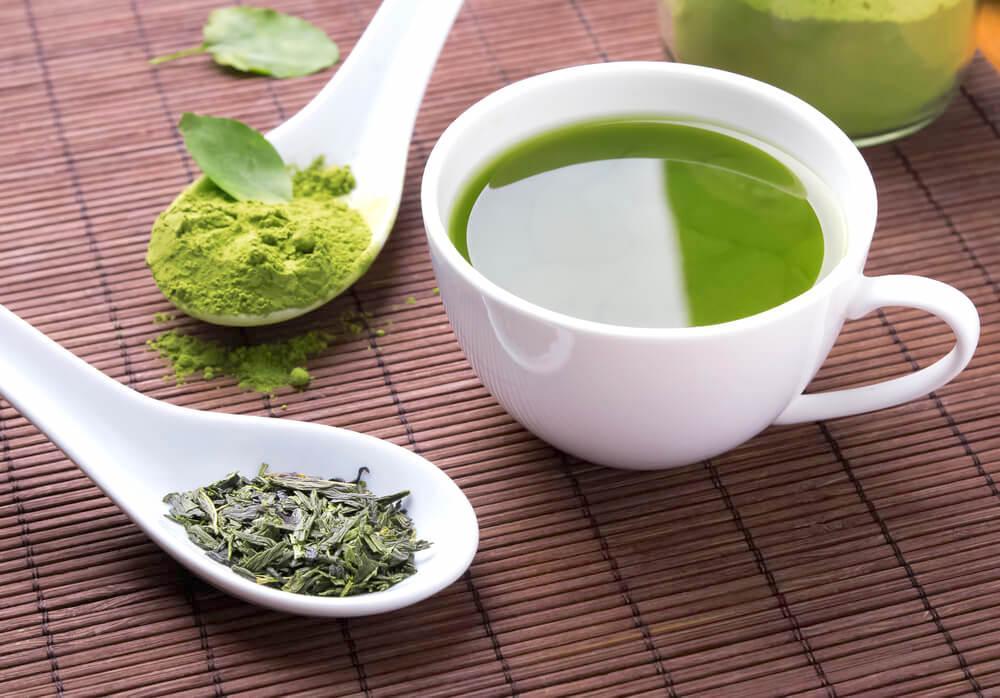
Ever heard of green tea? You know, that earthly wonder that can do everything from cure cancer to walk the moon? Nowadays, you can’t go out of the house without seeing green tea somewhere. It’s in smoothies, supplements, yogurt stores, and even ice cream and donut shops, and the latest place its likely to be found is in the cosmetics aisle. Green tea may make us healthier, happier, and even smarter, but can it actually also make us lovelier?
Survey says, “yes!” According to Hasan Mukthar, Ph.D., the antioxidants in green tea may be the reason for its skin protective qualities. Says he, “Of all the antioxidants known to mankind, green tea is the most potent.”
Green tea contains polyphenols, and most of them are catechins. Catechins have been known to function as anti-inflammatory and anticancer agents. As a result, green tea is one of the most effective agents against the inflammation of the skin and cancerous changes in the skin.
While this is good news to many of us, it may not be that great for those looking to cut down on their caffeine intake. Apparently, the decaffeinated version of green tea is not as effective in inhibiting skin cancer, but sometimes an ounce of jitters is worth a pound of cure.
3) Calendula
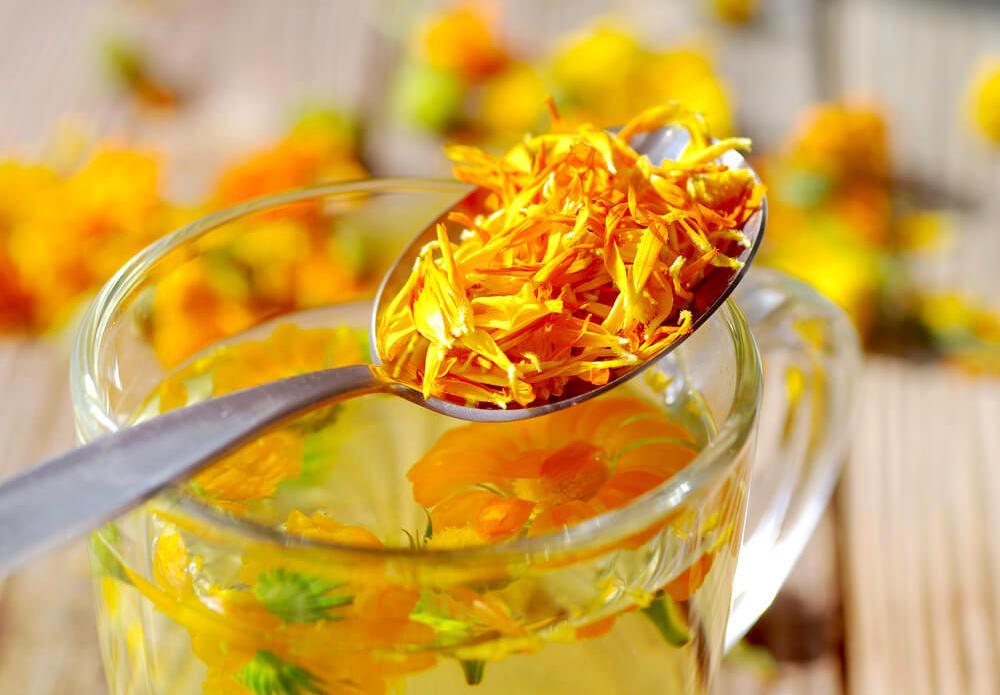
If you or your body have staunch objections to the caffeine in green tea, calendula may be your herbal savior. Because of calendula’s anti-inflammatory properties, it has been used for medicinal purposes for years, but it’s the regenerative properties in calendula that make it so effective in antiaging. Its restorative qualities help to rehydrate dry skin and heal damaged skin to make it look more supple and younger. Plus, its gentle enough for use around the eye area, and can even be used on babies to prevent diaper rash.
The oil in calendula keeps skin hydrated, and the antibacterial properties may go a long way in keeping your acne at bay.
4) Rooibos
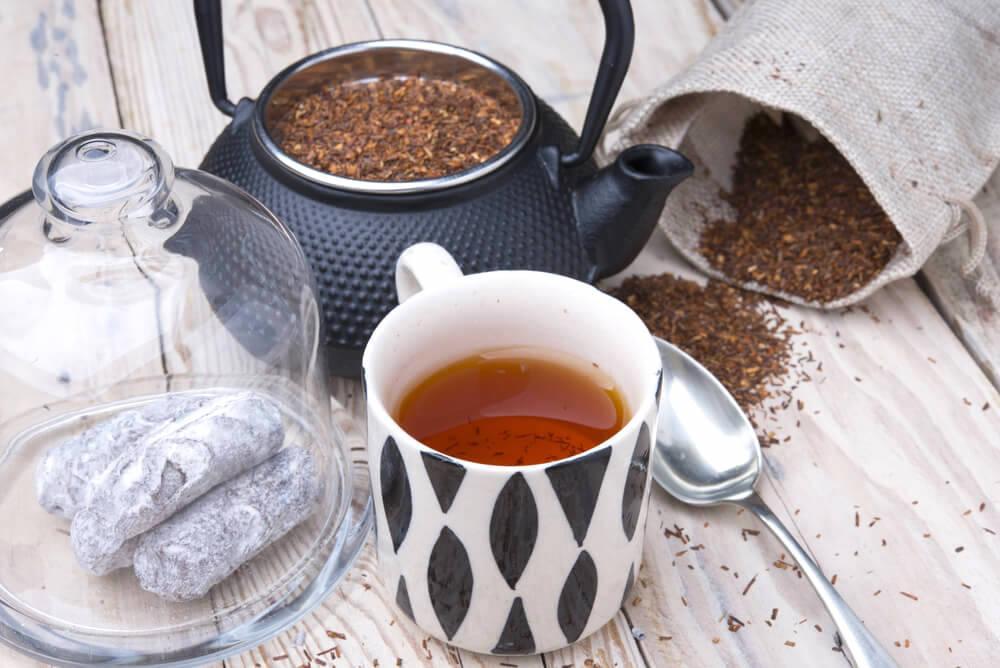
Rooibos tea: its beautiful deep red tone so may make you want to touch up your burgundy roots with it. Rooibos tea means “red bush” in Afrikaans, owing to its deep red ruby tones. While rooibos may not be of the right consistency to give your hair a similar hue, there are many things rooibos can do for your skin. Native to South Africa, rooibos tea has been used traditionally in South Africa medicine to treat eczema, acne, sunburns, allergic reactions, and irritations. Here are some ways you can put it to use for you:
- As a toner: Want to try a little C (Tea) M? Steep a rooibos tea bag in boiling water and cool in the refrigerator. Once cool, use a little cotton to apply it to your face as you would a toner.
- As a compress: You can make a compress by dipping a soft cloth into cooled rooibos tea and applying directly to irritated areas of skin. Consider adding essential oils, such as lavender, to enhance the fragrance and increase relaxation. In a spray bottle, it can make a wonderful cooling mist to keep your skin radiant in the summer months.
- As a facial: Facials can be long, drawn out, expensive processes, but they can also be cheap, quick and easy. If you want a DIY skin boost, rooibos tea has you covered. Wash your face of impurities and steep two rooibos tea bags in 3 cups of water. Drape a towel over your head and allow the steam from the tea open your pores freeing them of oil and debris. Do this for 10-minutes and follow with cool splash or toner.
5) Hibiscus
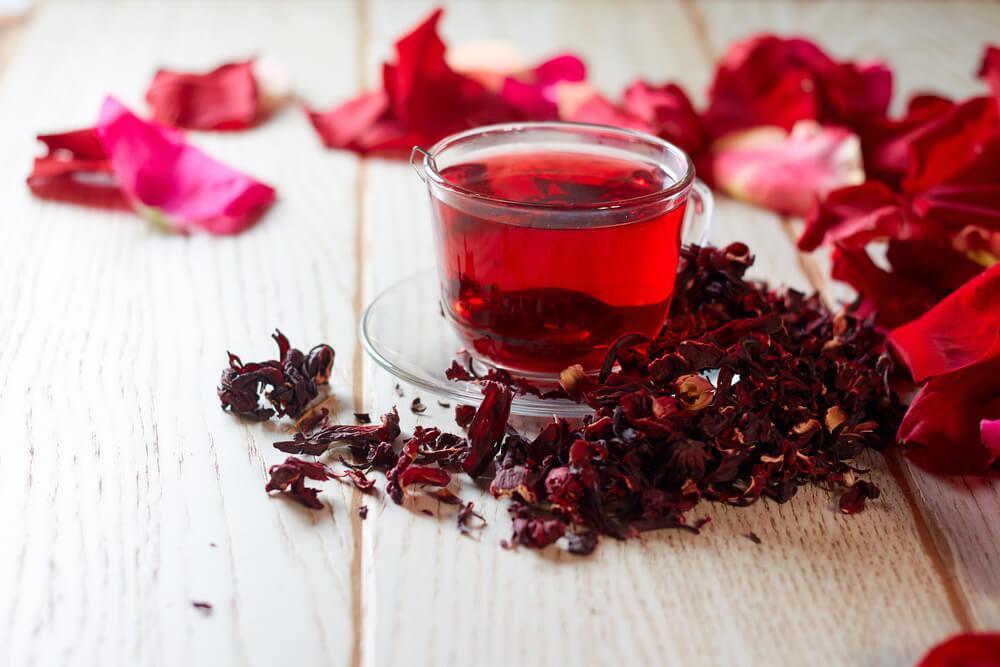
Did you know that Hibiscus means marshmallow in Greek? If you’re trying to figure out how this beautiful, vibrant plant has anything to do with that white squishy sweet that we toast over the fire in the summer. Apparently, hibiscus is part of the mallow plant family, and the marsh part comes from the fact that they grow in a marsh. And yes, they are used to make marshmallows. Aren’t they just growing more wonderful by the moment?
When hibiscus plants aren’t being used to make marshmallows, they are sometimes used to make tea, and if it takes beauty to make beauty, the hibiscus is living proof. A natural source of AHAs, hibiscus is often made into a tea to make it suitable for use. While the chemical forms can be damaging to skin, hibiscus tea is a more natural and safer alternative.
Sometimes known as “the botox plant,” hibiscus is known to exfoliate, open pores, and encourage skin regeneration. It can also add moisture to your skin and increase firmness.
On top of the AHAs, hibiscus tea is also a source of “anthrocyanocides,” a strong antioxidant, that protect against environmental damage, and also have properties that can shrink pore size. Combine that with its fresh relaxing scent, and you have all you need to keep glowing and protected all year around
6) Peppermint Tea
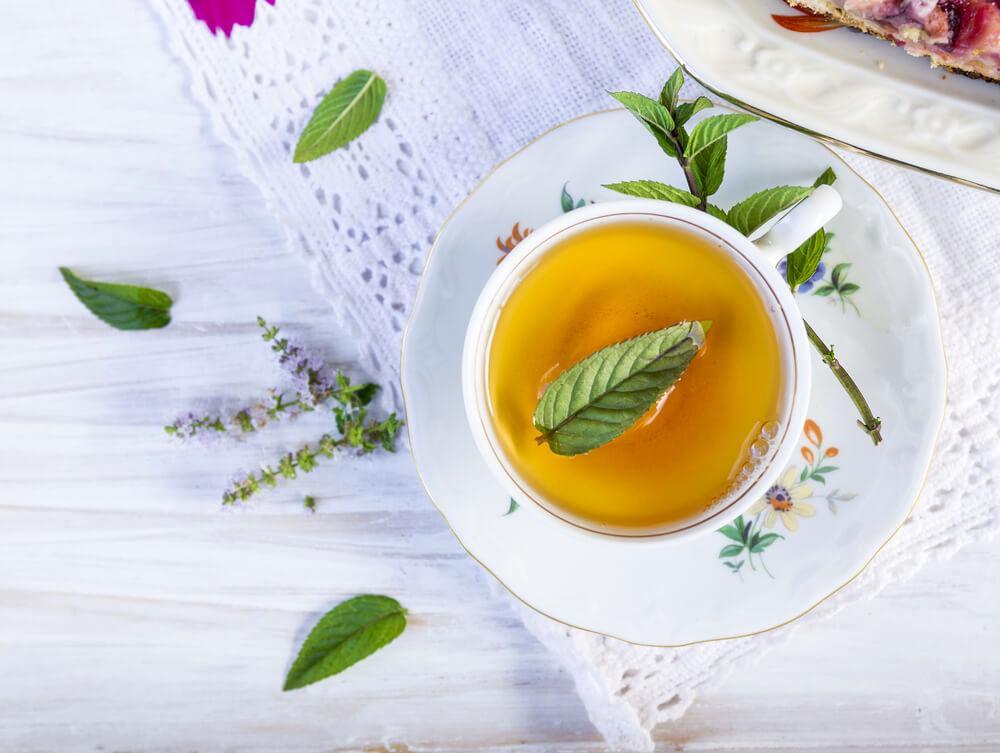
When the Strawberry Alarm Clock sang about “Incense and Peppermint” in the 1960’s they may not have had its beauty benefits in mind. Peppermint may have never lost its psychedelic associations, but these days, it may be better known for its associations in the health and beauty world.
The therapeutic benefits of peppermint tea are widely touted. Peppermint can relieve everything from bad stomach problems to bad breath and is often recognized for its use in weight loss and stress relief, so it may come as little surprise, that it’s making a name for itself in the world of dermatology as well.
Got greasy skin? Who doesn’t at some point? Our skin is constantly producing pore clogging, acne-producing oils that can eventually lead to acne and increases the number of bacteria and germs. Who would have thought that the very thing in our York Patties would get rid of it?
Peppermint contains menthol, and menthol is well known for its astringent properties. It has been used for centuries to not only decrease oil production but also to prevent excess oil from collecting in pores. In this way, pores remain unclogged and free of impurities.
However, while peppermint may be tough on oil, it can be gentle on irritations. When ingested, peppermint tea works with the body’s immune system to soothe inflammation in the body associated with allergies and can be directly applied to the skin to help heal insect bites, and rashes common in the summer months. Apply cooled tea bags directly to the affected area or pop it in a bath for a delightfully refreshing and healing experience.
The menthol in peppermint also works to boost estrogen levels and controls the hormones that lead to acne production. This, combined with peppermint’s anti-inflammatory properties leave the bacteria less places to hide, make peppermint a powerful weapon in the anti-acne artillery. Always make sure you have peppermint tea bag on hand to cure all of your dermal woes.
7) Rose Tea
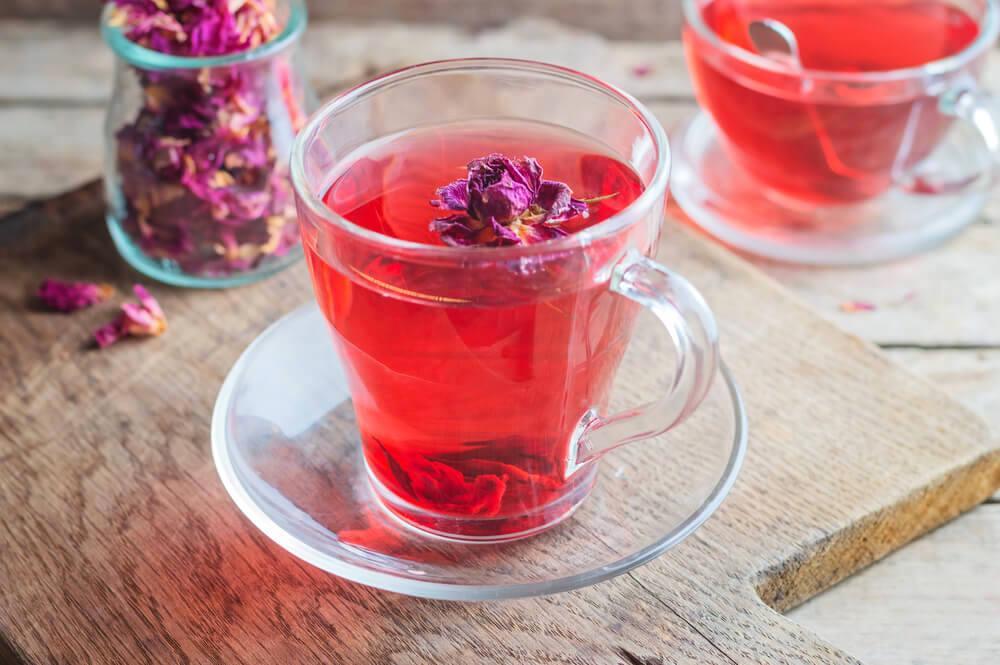
They say that ‘rosy skin is a sign of good health”, and there’s nothing like drinking rose tea to bring new meaning to the phrase. The rose is one of the greatest symbols of beauty in the world. Don’t you think it’s time to start paying it forward?
Roses are no stranger when it comes to fighting against free radicals. They have polyphenols which help them to maintain their color and protect them against a whole bunch of free radicals. When you drink the tea from the roses, you are getting the benefits of those polyphenols, which can help your skin fight off the effects of aging.
Rosebud tea is made from whole dehydrated rosebud petals. In addition to their antioxidant properties, rose petals also have anti-inflammatory and antiseptic properties which can be very effective for many skin conditions, especially acne. You can even wash your face with rose tea; it opens your pores and frees them from impurities to leave your skin smooth and radiant.
The vitamins A and E in roses play an important role in skin hydration. They work from the inside to tighten fine lines and wrinkles and can be applied topically to lighten dark circles under the eyes.
So, the next time your honey hands you roses, make tea! Making tea with rose petals is really easy, just make sure you start with pesticide-free roses – you will be drinking them!
Ingredients:
- 2 cups rose petals
- 3 cups water
- Honey for taste
Directions:
- Cut off white bottoms of rose petals and discard. Rinse the petals completely and pat dry.
- Add petals to a small saucepan and cook over medium heat and cover with water. Allow them to simmer for about 5 minutes until petals lose their color. Remove and strain liquid into a mug.
- Add honey to suit your taste.
8) Dandelion Tea
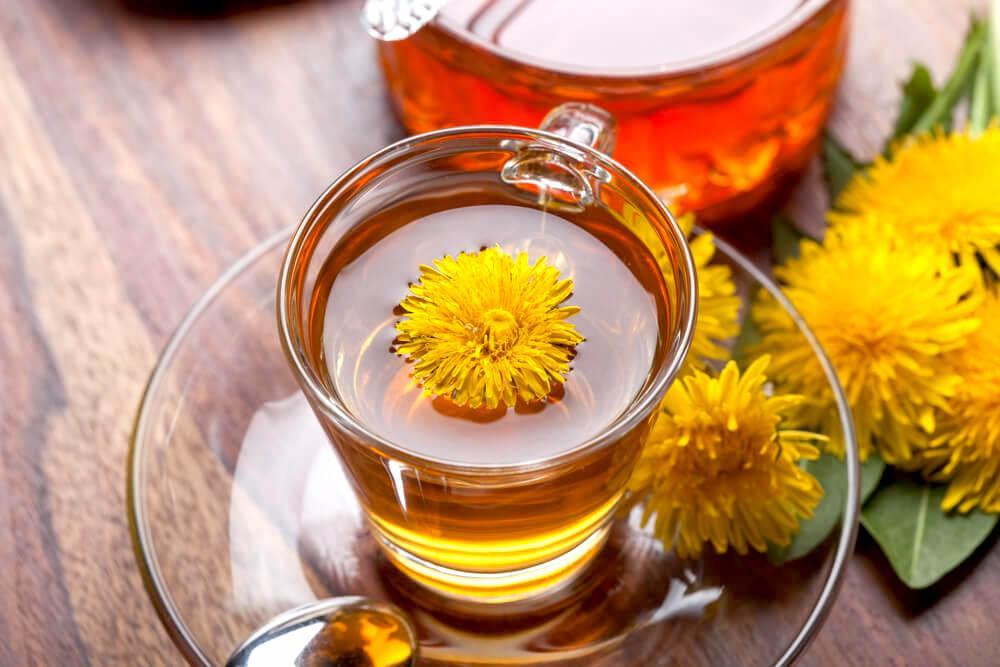
The next time your wishing on a dandelion, wish for beautiful skin, because that’s what you can get from drinking dandelion tea.
Dandelion tea is a known antiseptic, antioxidant, and diuretic, all of which makes a powerful weapon in the fight against acne. The vitamin C in dandelions rids the body of toxins that lead to acne, and speed up the healing process, which reduces the acne associated inflammation, and lessens the likelihood of scarring.
The antioxidants in dandelion tea protect against the ravages of free radicals that cause skin to age and tone up unbalanced skin. Its anti-inflammatory properties make it an ideal treatment for cuts and burns and its antiseptic properties help to treat skin conditions, when applied topically.
So what does this all boil down to? It means that when you drink tea, you’re not just drinking for your health, you’re drinking for your skin’s health as well. Which will be your cup of tea?

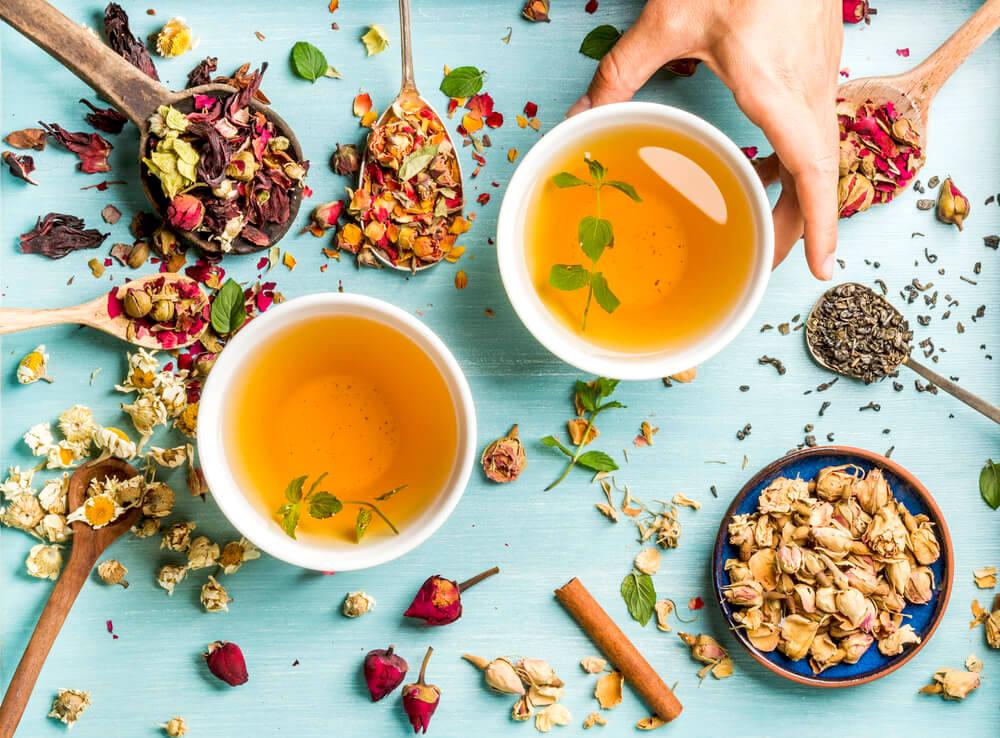
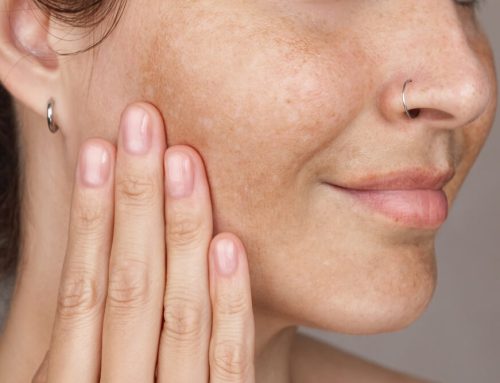
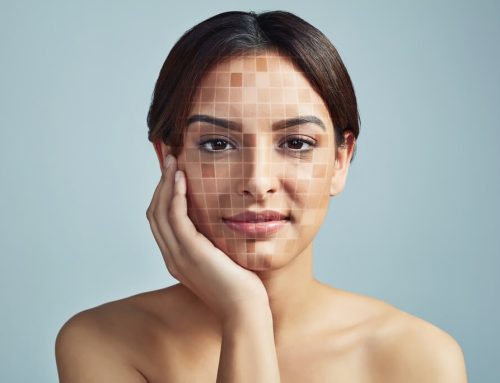
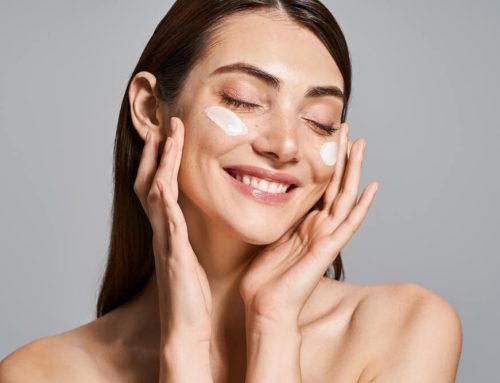
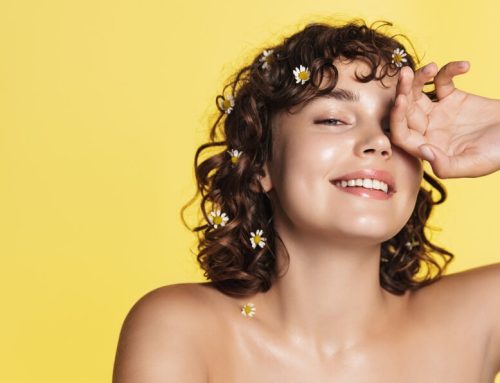
Leave A Comment